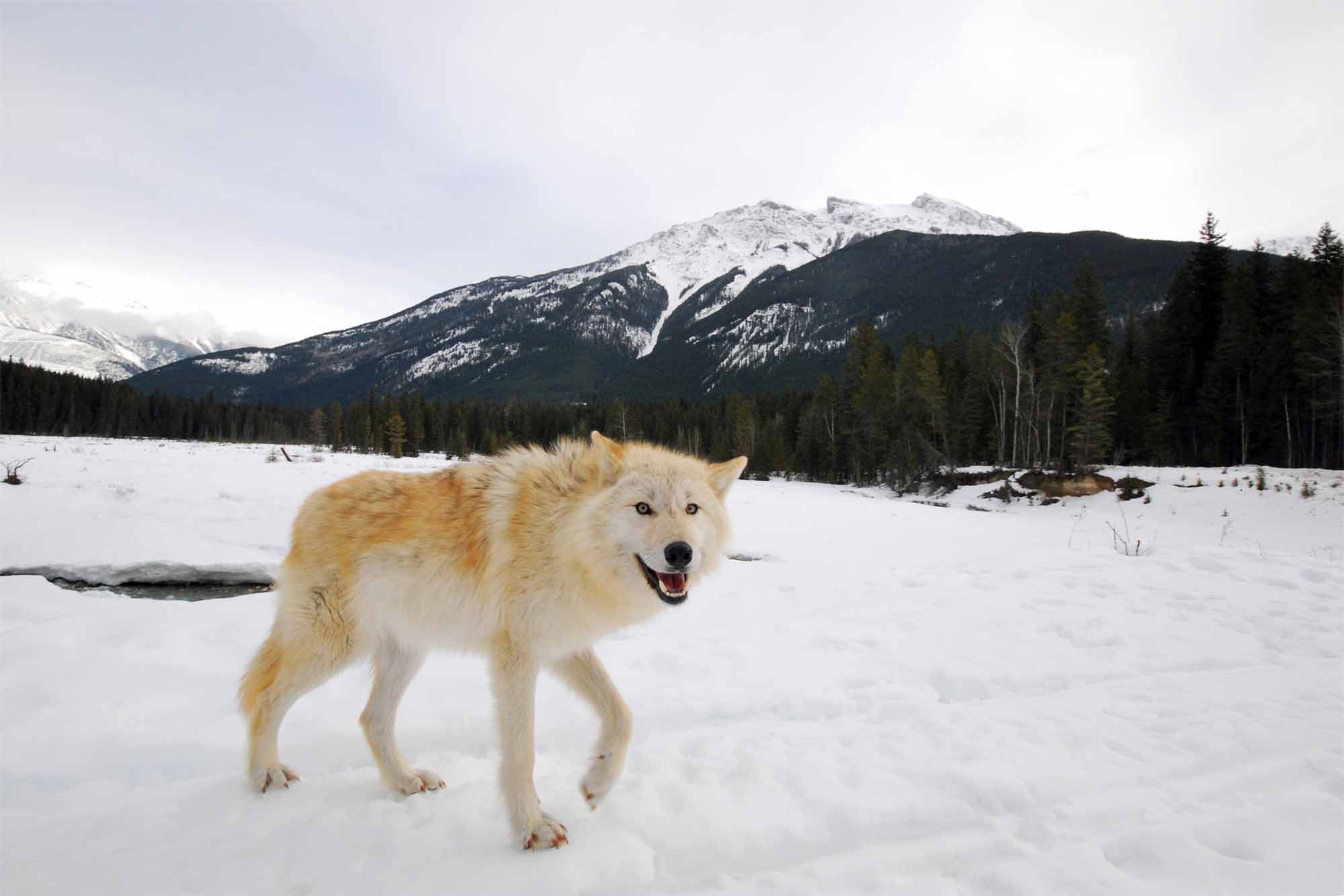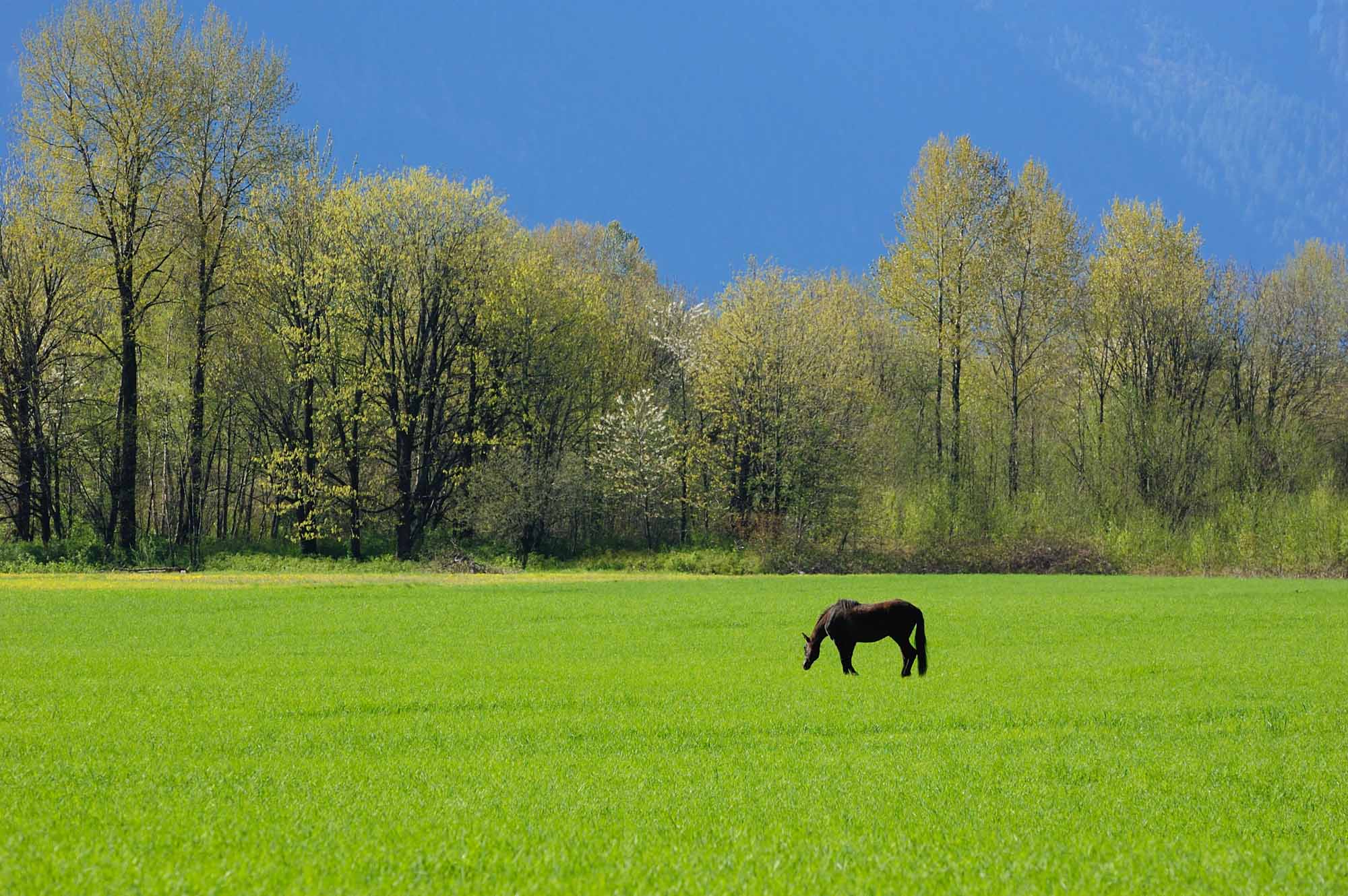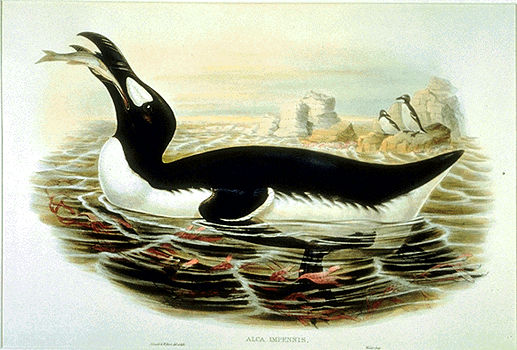Wolves (genus Canis) are the largest wild member of the dog family. One species exists in Canada, the gray wolf (Canis lupus), with five different subspecies: the Arctic wolf (Canis lupus arctos), the Coastal wolf (Canis lupus crassodon), the Plains or Timber wolf (Canis lupus nubilus), the Northwestern wolf (Canis lupus occidentalis), and the Eastern wolf (Canis lupus lycaon). However, wolf taxonomy continues to be debated within the scientific community, and the Eastern wolf is often also categorized as its own species (Canis lycaon) or even a subspecies of the more southern red wolves (Canis rufus lycaon). Wolves are considered a keystone species and are highly ecologically important to many landscapes.
Description
The wolf is the largest wild member of the dog family. The grey wolf is the largest species, weighing 25–45 kg, and has a distinctively massive head with a strong forehead. It resembles a German shepherd dog, although its coat is usually greyish. Black or almost white individuals also exist; brown may also be present in some of their coats. In North America, the Northern subspecies of the grey wolf, like the arctic wolf, tend to be the largest. Eastern wolves, in contrast, are typically smaller. Eastern wolves will also occasionally interbreed with coyotes, making them difficult to distinguish from one another without genetic analysis.

Distribution and Habitat
Before colonization, wolves were common in North America’s forests, tundra and prairies, but are now restricted to wilder northern regions and National Parks. The different subspecies inhabit different regions in Canada. Arctic wolves can be found in the forests and tundra of northern Quebec and the territories. Coastal wolves can be found in the coastal forests and islands of British Columbia. The Plains or Timber wolves can be found in south-central Canada. The Northwestern wolf can be found in western Canada, ranging from Alberta and British Columbia north into the Yukon and the Northwest Territories. The Eastern Wolf can be found in south-central Ontario and Quebec.
Where wolves have been uprooted in North America due to human settlement and activity, most notably in southern Ontario, they are replaced by coyotes or feral dogs.

Pack Dynamics
Wolves typically live in packs (usually 3–7). Pack dynamics can be quite complex and have a fluid hierarchy. However, they tend to consist of a dominant male and a dominant female, which are the primary breeding pair. The rest of the pack are often related to the dominant pair, though exact relationships vary. Neighbouring packs also frequently share some kinship and may split, merge or adopt members of the other pack.
Individuals may choose to leave a pack. These lone wolves will often get killed, chased off, or adopted by existing packs. More rarely, they will find an unoccupied territory and a suitable mate and start their own pack.
Howling is a form of long-distance communication that helps maintain territory boundaries. Howling also correlates with a wolf’s status in the pack, with more dominant individuals howling more frequently.

Reproduction and Development
Breeding starts at about 2–3 years. Litters of about 7 (4–13) pups are born after 63 days gestation. Female wolves whelp (give birth) in a den, either a burrow or natural shelter. The pack protects and brings food to the nursing mother and the growing pups.

Diet
Wolves are primarily carnivorous. They will hunt deer, caribou, moose, wapiti and, in summer, smaller game. They will also supplement their carnivorous diets with fruits and berries during certain times of the year. In July, blueberries can form the majority of the diet of certain wolves.

Evolution and Phylogeny
The genus Canis, of which wolves, coyotes, dogs and foxes are the most familiar forms, derives from the small, fox-sized Miocene (23.7-4.9 million years ago) North American canid Cynodesmus. By Early Pleistocene times (about 1.65 million years ago), Canis was widespread in North America, Asia and Europe.
During the Late Pleistocene, at least 12,000 years ago, some wolves were domesticated into dogs. Dogs differ structurally from wolves in having shorter faces, smaller and more crowded cheek teeth, and higher foreheads.
Early dogs were smaller than most wolves, and subsequent selective breeding has produced dogs of many sizes and conformations. Dogs also possess a unique feature in their lower jaw, a posteriorly recurved coronoid, which all wolves lack, except for the Chinese Canis lupus chanco, known from Mongolia and China. This form of the coronoid is characteristic of omnivorous Carnivores (bears, raccoons, etc.). It has been interpreted to suggest that the smaller omnivorous ancestor to Canis lupus chanco was pre-adapted to living with humans, as it could share food.
Tamed wolves, or ones that associated with humans, are first recorded with Late Palaeolithic mammoth hunters at Mezin, Ukraine, during the last Ice Age. The oldest dogs are reported from the Bonn-Oberkasse site in Germany (about 14,000 years ago) and the Mallaha site in Israel (about 11,500 years ago). The oldest dated North American records are from the Agate Basin, Wyoming (10,500 years ago) and the Koster site, Illinois (8,100 years ago). A jaw recovered from the Old Crow Basin may be of Late Pleistocene age and thus as old as or older than the other New World records.
Dogs became common about 2,900 BCE in Banpo, China, and from about 100 CE onwards in North America. No evidence exists for deriving dogs from North American wolves, although huskies have been bred with North American wolves to maintain larger size, stamina and hardiness.

Status and Threats
Globally, the gray wolf is listed as a species of least concern by the IUCN Red List. However, the eastern wolf is listed as Threatened under Canada's Species at Risk Act. The primary threats to wolves are habitat loss and hunting by humans, especially in southern Canada.


 Share on Facebook
Share on Facebook Share on X
Share on X Share by Email
Share by Email Share on Google Classroom
Share on Google Classroom








